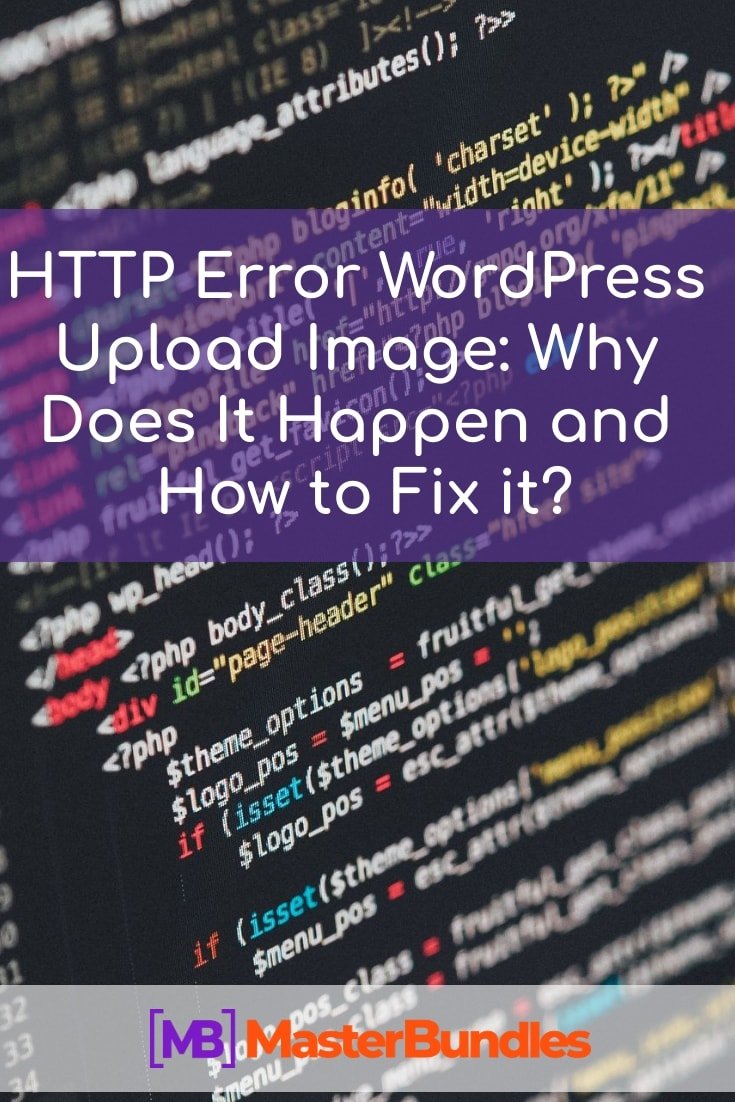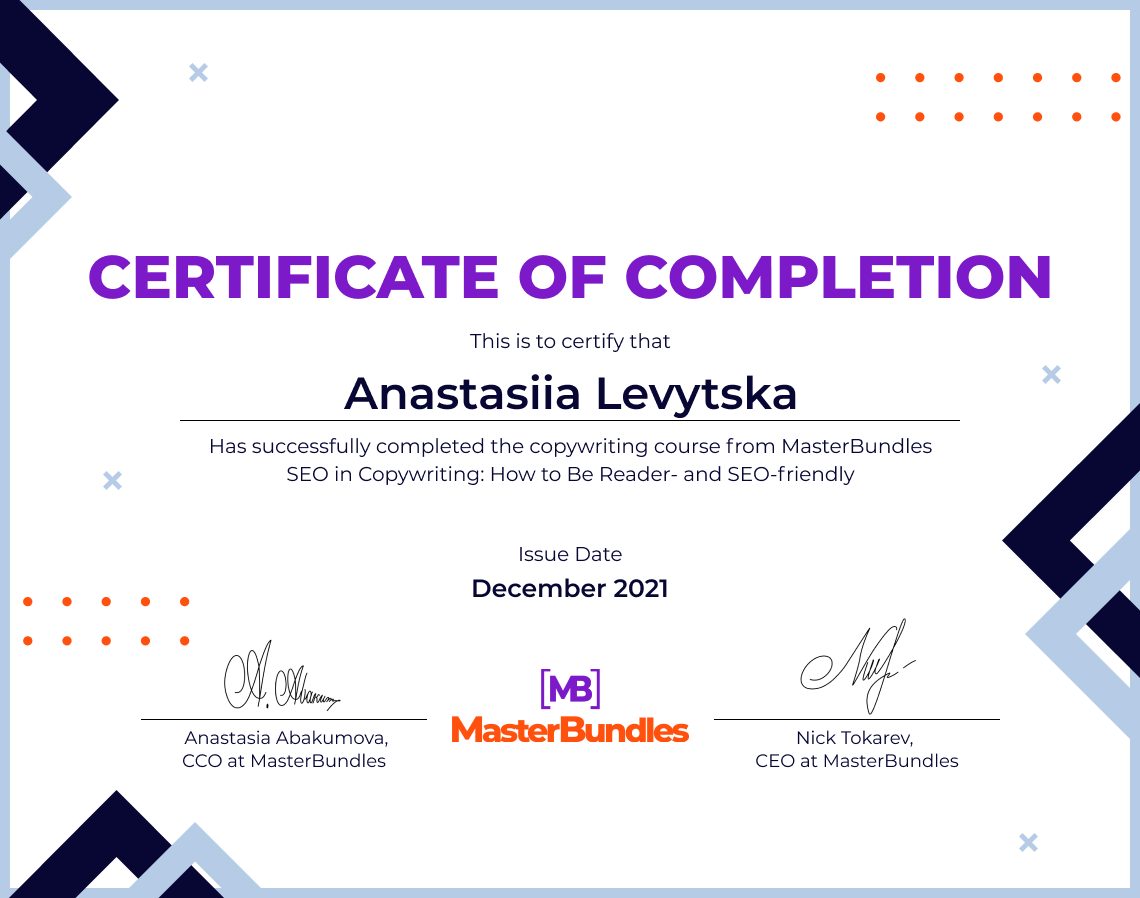HTTP Error WordPress Upload Image: Why Does It Happen and How to Fix it?
In the world where the Internet is supposedly instant, nobody wants to spend their precious time on errors. First, when the error occurs, it automatically affects our workflow. Second, we’ve got to admit: errors are insanely irritating!
But nothing’s perfect, man. The fastest and newest software can’t guarantee a smooth and secure 24/7 operation…even almost-perfect WordPress.
What is HTTP Error WordPress Image Upload?
When uploading a group of files to WordPress, you may unexpectedly encounter an HTTP error. Occasionally, an image will not be displayed and all you’ll able to see is a broken icon:
All this greatly affects productivity as you get distracted by the need for eliminating such a daunting issue. And let’s not forget about well-known Murphy’s law saying “we are all likely to encounter errors in the wrongest time ever.”
Been there, done that…
The good news is, you can fix any WordPress HTTP error resulting from an image or video upload relatively fast.
In this article, you will learn all the potential reasons why such errors occur, as well as get a universal guide on fixing HTTP error when uploading images to WordPress (screenshots provided).
Why Does a WordPress HTTP Error Occur?
When the WordPress upload HTTP error occurs, the platform gives an extremely useless, non-informative notification. Not a single word explaining the issue!
This kind of error comes up when there’s something wrong with the image or video upload dialog box. Although the built-in media library tool seems to handle single or bulk downloads quite easily, the issue stays relevant.
Problems downloading files are caused by a number of factors. You should diagnose the problem and find its solution as soon as possible. Thank goodness, finding the solution is easier than most of you imagine.
HTTP errors can be classified into one of two broad categories:
- hosting errors
- client-side errors
Client-side errors are related to login sessions, incorrect characters in the file name, and even temporary Internet interruptions. Hosting errors usually have to do with the plugin issues, problems with host resources, etc.
11 Steps to Fix WordPress Image Upload HTTP Error
Let’s figure out 11 possible solutions to the HTTP error uploading media WordPress. These solutions will also work if you upload videos, PDFs, or any other type of file supported by WordPress.
Make sure it’s really an ERROR
It is possible that some temporary failures have to do with the server issues. What you need to do is re-download the image again after a few minutes and if the glitch isn’t gone, move on to the next steps.

Sometimes, errors occur because of small things that we typically ignore. For instance, a file name may consist of unsupported characters (apostrophes and semi-colons) or the file format is wrong (PNG instead of JPG). Sometimes hosting providers set a limit on the size of the imported file – no more than 2MB, 4MB, 8MB, etc. So the only thing you’ll need to do is use a lighter image and retest.
Still no luck? Keep up to our next solutions!
Change a Browser / Software
For some mythical reasons, certain scripts do not want to be executed in certain browsers. Perhaps, some versions of the browser are already old, or it’s got some extra add-ons.
Trying a different browser might be the very solution you’ve been looking for.
Let’s say, the browser is proper but the error is still unsolved. It may have to do with the old version of PHP on the server. WordPress currently requires PHP version 7.2 and higher. You can check & update this software yourself or contact a hosting provider for help. Some hosts automatically update PHP versions to ensure smooth operation.
Turn off Plugins
Disabling plugins is one of those tricks that you should try in all kinds of system issues. When a WP error occurs during the download session, disable all third-party plugins and see what happens next. This recommendation is particularly useful when the WordPress HTTP error uploading image is not displayed after installing any of the WP plugins.
Oftentimes, failure is caused by image optimization plugins. If you use one, turn it off and try to upload the image again.
If the HTTP error does go away, search for another optimization plugin to substitute the old one. Alternatively, you can try to contact the plugin developers for further troubleshooting.
In case WordPress still displays the HTTP error, do not hurry up to stage number 4. There might be several more currently active plugins to suspend!

Go to the WP console and start disabling ALL the plugins – even those having nothing to do with downloading media files. Return to the dialog box and try downloading the file again. In case of success, activate the plugins one by one until you find the culprit.
Increase WordPress Memory Limit
I singled out this one as a separate aspect just because it’s indeed a common issue. After all, WordPress as a CMS is voracious to resources.
If you use WordPress on VPS, most likely you have certain memory limitations. The good news is, they can be circumvented. Most experts recommend setting a minimum memory of 128 MB for PHP tasks. This is a basic memory volume for most hosting providers enough for using basic modules and themes.
Yet, you better figure out the maximum of your allowed memory limit on your server. You can do that by checking PHP info.
There are several ways to see and alter the amount of memory allocated for your tasks in WordPress. One of them is to identify your wp-config.php file where you installed the software and right-click on the wp-config file to open it. Now you need to add the following line to this file:
define (‘WP_MEMORY_LIMIT’, ‘128M’);
The code will look like that:

If you want to increase the limit, set the value to 256 (that is maximum for WordPress), restart the server and try uploading files again.
Remove Custom Media Library Paths
A WordPress media upload HTTP error of that type occurs if you transferred your WordPress site from one hosting to another. The chance that it was caused by the wrong path to the media files is low. Yet it exists.
WordPress software expects your media folder should be located in /wp-content/uploads, and those folders are usually divided by month and year. If they aren’t, your CMS may have problems determining where to store the content.

Fixing it is fairly easy. Go to the WordPress console, click Settings and then Media. If there is a separate directory for storing your files, delete it, then save the changes. WordPress will automatically come back to the default directory.
Change the Image Editor to GD Library
WordPress runs on PHP that uses two modules for image processing. These modules are called GD Library and Imagick. WordPress uses both depending on which one is available.
However, Imagick is known for frequent memory issues that cause an HTTP error uploading image WordPress. To fix this, you can make the GD library your default image module.
You can do this simply by adding this code to the functions.php file of your theme or plugin for a particular site.

After adding this code, upload the file once again. If it did not solve the issue, remove the code and keep trying further!
Edit .htaccess
If you use shared hosting with WordPress, your resources are most likely limited. This is a common practice for hosting companies of this kind.
We already know, Imagick is a PHP module used by WordPress for image processing. When resources get limited on the hosting side, you may encounter an HTTP error WordPress upload image.
To fix it, you’ll need to access .htaccess file and add the following line:

The .htaccess file is located in the root of your WordPress directory and serves as a guard controlling requests and performing a number of other functions.
This will help you fix all file upload errors in WordPress. If the problem persists, you may consider changing a hosting provider or switch to another plan.
Check Your WP Theme
Supposedly, an error occurred after you installed or updated your WordPress theme. If a WP theme is an issue, it doesn’t necessarily mean deleting the entire website.
A smart decision involves creating a backup of the entire site first, then switching to the default theme.

If everything works well with the default theme, contact your theme developers for further concerns. Most likely, the WordPress media library HTTP error was caused by issues inside the theme or incompatibility between a theme and some plugin.
As you may understand, having issues with the entire WP theme may affect the entire website operation. In order to fix the issue, you’ll need to downshift yourself to a default WP theme and wait till developers fix the inner issues.
Would you want to waste time and money on the errors you can simply avoid? Yes, if you choose the most powerful and highly-functional WordPress themes from our marketplace, they will never cause an HTTP error WordPress upload image.
Let me show you a few of our bestsellers:
Top 5 WordPress Themes bundles
| Product Image & Rating (Out Of 10) | Product Name | Price |
|---|---|---|
|
Gutenberg 3-in-1 Bundle: Gutenberry Theme, ZeGuten Plugin and Extra Presentation
|
||
|
Free WordPress Landing Theme
|
||
|
WordPress bundle: 15 Premium Themes
|
||
|
Cheap Clean WordPress Themes – 19 Premium Templates
|
||
|
29 Premium Responsive WordPress Theme Mega Bundle
|
Use Add From Server Plugin
Okay, here is a small secret on how to ‘kinda’ fix the HTTP error uploading images WordPress. You can install the Add From Server plugin allowing you to upload large files, bypassing hosting restrictions and various minor errors.

It’s worth remembering that “Add From Server” should only be used as a temporary solution. It does not fix the primary reasons causing the HTTP error. In addition, the plugin has not been updated for a long time, and therefore it may not work as intended.
Check Permissions on Files and Directories
Another reason for a WordPress HTTP error image upload might be the fact that a particular hosting directory doesn’t have write permission. Files and directories hosted on remote servers have the appropriate access rights. These rights determine what actions (execution, deletion, alternation) can be performed with this or that content.
If permissions were set incorrectly, it would restrict WordPress from performing some changes. This ultimately causes an HTTP error WordPress image upload.
For most files in WordPress, you must set the permissions to 755, which allows WordPress to easily add content to directories. You can check the current access rights by opening the FTP program and going to the Uploads directory. Check the attributes of this directory.
If they differ from 755, change them. Make sure they apply not to subdirectories alongside with directories. Save permissions and try downloading the media file again.
- Owner – Read, Write, Execute (7)
- Group – Read, Execute (5)
- Public – Read, Execute (5)
Clear Caches
Is HTTP error WordPress still bothering you after all? There might be a chance you have already resolved the error by doing some of the steps above, and the “error” you see comes from the local cache.

Before making a huge panic, try clearing your browser’s cache.
Conclusion
After spending 5 minutes reading the article, you know 11 possible solutions to your irritating HTTP error.
In case all of them (as a matter of expectation), try contacting your hosting provider for help. They should know better…even better than I do.
But heads up! The first three tips are the most common and they typically work.
Articles To Help Your Fix “Other” Errors:
Troubleshooting the WordPress White Screen of Death
How To Fix “Error Establishing A Database Connection” In WordPress
- How to Host a Website














